Acura Explains Thinking Behind TSX Type S, Details Engine

The 2021 Acura TLX Type S is currently being shined up in showrooms around the country in the hopes of catching the eye of people that still remember the brand formerly produced a handful of downright excellent performance vehicles. It’s specifically trying to recapture the magic of the TSX — which the rest of the world knew as the fun version of the Honda Accord — and appears to have been built under a similar philosophy.
Rather than committing itself to ludicrous levels of power or an overabundance of attitude, Acura has attempted to deliver a balanced, tasteful luxury vehicle that can still scramble like an egg. While the previous offspring of this mindset made do with roughly 200 horsepower, the TLX Type S produces a much more meaty 355 horsepower and 354 pound-feet of torque and recently dropped some additional marketing materials to drive that point home now that it’s on sale.
Developed by a team of Japanese and American engineers that were responsible for the Honda Civic Type R and Acura NSX, the TLX’s 3.0-liter, 24-valve DOHC V6 with a single twin-scroll turbocharger. Mated to a 10-speed automatic, the unit borrows a lot from the company’s familiar 3.5-liter V6 but has undergone a multitude of changes to ensure it’s capable of taking a fair amount of abuse and fits snugly within the engine bay.
From Acura:
Numerous engineering steps were taken to ensure the new engine’s compact size and low profile that enabled it to fit in the TLX engine room. This includes the placement of the turbocharger adjacent to the engine above the transmission and the use of low-profile cylinder heads. Separate cam bearing caps have been replaced by caps directly incorporating into the valve cover itself, lowering the engine’s height and reducing the number of parts. Fully assembled, the engine is 8 mm shorter than the naturally aspirated 3.5-liter V6.
Featuring a robust rotating assembly to meet the demands of extreme performance and durability, the Type S Turbo V6 employs a high-stress forged steel crankshaft and forged steel connecting rods. To help reduce emissions, the top piston ring carrier of its pistons is a high-density Ni-resist cast iron, which features better wear characteristics and better sealing.
There was also a bunch of talk about optimizing the turbocharger, exhaust system, and catalytic converter in a manner that’s designed to manage heat in a way that’s more environmentally sound. But that’s incredibly boring and not something anybody buying a performance sedan is likely to be interested in. Here’s what’s important: the turbo boost kicks on early, peaks 15.1 psi, and results in the full 354 lb-ft of torque being delivered at 1,400 rpm.
Engine assembly is completed in Anna, Ohio, and the unit is supposed to pair exceptionally well with the TLX’s upgraded suspension and “Super Handling All-Wheel Drive” system. Acura has also chosen to outfit the exhaust with butterfly valves that let drivers tailor the fervor of the sounds it makes via several drive modes. These selections also change throttle response, steering inputs, shift program, suspension dampening, torque vectoring, and even the look of the vehicle’s interior display.
While transformative, nothing about the car makes it seem as though it’s supposed to be riding on the bleeding edge of performance and it’s been electronically limited to 155 mph. But that’s largely fine when the sedan was clearly designed to be a luxury vehicle first and foremost. Nobody expects to see the TLX Type S mixing it up with the Mazda MX-5, Nissan 370Z, Mustang GT, and BMW 3-Series on weekend track days with any regularity. It’s tastefully restrained and meant to convey passengers around in a respectable and reliable manner, retaining the option to shake things up with serious on-demand performance.
Interested parties will need to be ready to drop $53,325 for the top-trimmed TSX. But you’ll probably want to spend another $800 to get the High Performance Wheel & Tire Package. This swaps the Pirelli Cinturato P7 tires for a set of aggressive P Zeros and substantially lighter wheels — cutting nearly 24 pounds of unsprung weight from the car. Considering the TSX Type S tips the scales at 4,221 pounds, we imagine it’ll make an appreciable difference at the limit.
There are certainly cheaper ways to get more horsepower from a comfortable car. But Acura is trying to offer a relatively complete performance package that’s capable of providing all-day comfort, engaging handling, and just enough panache to make you wonder if you really need to go with a fancier nameplate. We’re liking what we’re seeing thus far and are curious how the model stacks up against the V6-equipped Genesis G70, as well as the sea of European executive cars both are obviously targeting, in a road test.
[Images: Acura]

A staunch consumer advocate tracking industry trends and regulation. Before joining TTAC, Matt spent a decade working for marketing and research firms based in NYC. Clients included several of the world’s largest automakers, global tire brands, and aftermarket part suppliers. Dissatisfied with the corporate world and resentful of having to wear suits everyday, he pivoted to writing about cars. Since then, that man has become an ardent supporter of the right-to-repair movement, been interviewed on the auto industry by national radio broadcasts, driven more rental cars than anyone ever should, participated in amateur rallying events, and received the requisite minimum training as sanctioned by the SCCA. Handy with a wrench, Matt grew up surrounded by Detroit auto workers and managed to get a pizza delivery job before he was legally eligible. He later found himself driving box trucks through Manhattan, guaranteeing future sympathy for actual truckers. He continues to conduct research pertaining to the automotive sector as an independent contractor and has since moved back to his native Michigan, closer to where the cars are born. A contrarian, Matt claims to prefer understeer — stating that front and all-wheel drive vehicles cater best to his driving style.
More by Matt Posky
Latest Car Reviews
Read moreLatest Product Reviews
Read moreRecent Comments
- JMII Based on the human drivers I encounter everyday I'll happily take my chances with a computer at the wheel.The highway driver assist system on my Santa Cruz is great, it can self drive perfectly in about 90% of situations. However that other 10% requires you to be in control and make decisions. I feel this is the problem with an AI driving a car, there are times when due to road construction, weather conditions or other drivers when only a human will know what to do.
- Hari Your route home sounds like the perfect stretch for a car like the Alfa Romeo Giulia. Its renowned handling and dynamic performance make it an ideal match for those curves. For enthusiasts or potential owners interested in understanding all the capabilities of the Giulia 2017, the owner’s manual is an invaluable resource. Check it out here: https://chatwithmanuals.com/automobiles/2017-alfa-romeo-giulia-owners-manual/. Our AI-powered chat makes navigating the manual simple, helping you quickly find specific details about the car's features and specs. Perfect for making the most out of those driving moments and truly understanding your vehicle!
- Dale I'd consider the RAV4 if the Prime were on the table as paying for gas is for suckers. Otherwise, we have a couple of Mazdas and they are swell. I've driven older versions of both and the CX-5 is a nicer place to live.
- Haran Spot-on review of the Mercedes-AMG GT’s price adjustments and new features! For those intrigued by the all-wheel drive and enhanced features of the latest model, you can delve deeper with the complete operator's manual available here: https://chatwithmanuals.com/automobiles/mercedes-amg-gt-operators-manual-edition-c2020/. It’s a fantastic resource for understanding all the specs and new additions without getting bogged down by the complexity typically associated with car manuals. Chat with the manual using AI to quickly find exactly what you need to know about this sporty beast. Perfect for those who appreciate detailed insights on their luxury investments!
- Flashindapan Beautiful color combinations. I assumed they stop selling the TT here at least five or six years ago.



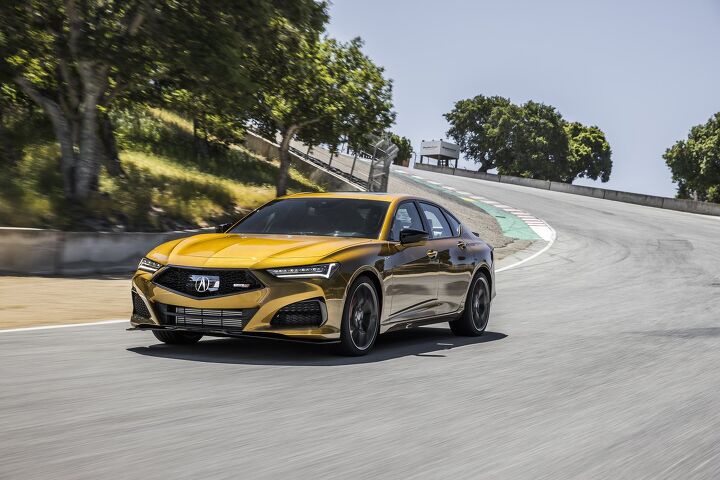



















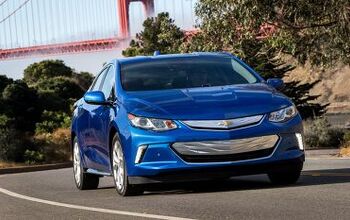




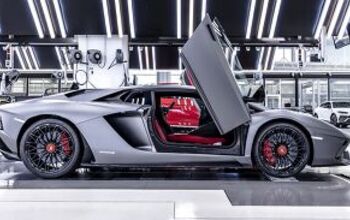
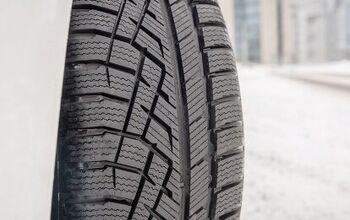

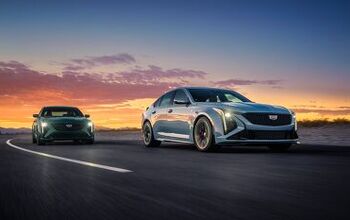



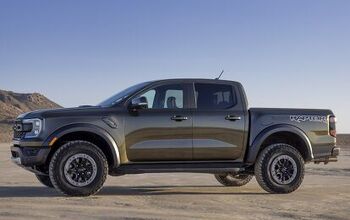

Comments
Join the conversation
Yet another "driver's car" that is idiot-proof. That is, an idiot can drive it like an idiot and probably not end up upside down in a ditch. The "savage geese" reviewed the car (actually drove it!) and figured out that there appeared to be considerable torque limiting applied to the engine from a stop. No matter what, the car short shifted out of first gear. They did praise its amazing handling -- thanks to all the electronic gizmos, torque vectoring and so on. But they also said it was not -- and apparently was not intended to be -- a track car. Probably about equivalent to a 340i for somewhat less dollars and with -- possibly -- better reliability. Honda still apparently hasn't mastered cylinder deactivation; and the trick engine mounts that smooth out the roughness when running as half a V6 are prone to failure. They reportedly cost $1,000 each.
Stinger and Genesis G70 will sell far more, Acura has simply fallen off the radar.